What is a Home Staging Consultation?A home staging consultation is It is a very detailed discussion, advice and review of what needs to be done to the property before the sellers list it to guarantee the best possible photos, draw of potential buyers and price for the home. What to expect from a Home Staging Consultation?They will evaluate your home's current condition, make recommendations on how to improve its overall appeal to potential buyers and marketability by rearranging the furniture, removing furniture, decluttering, painting, updating fixtures, or updating entire rooms. What does a Home Staging Consultation Consist of?
Do Home Staging Consultants Provide a Written Report?Set2Sell does offer a written report option, however, it is double the price because it takes the Consultant double the time. The Home Staging Consultant needs to walk through the property takes notes and pictures and then write a full report. This is usually an option investors from out of town call us to do for them. Why Realtors Sell Set2Sell for Staging Consultations during Listing Presentations?Realtors use Set2Sell because they know we will have the hard conversations with the homeowners about what needs to be done to their home to make the home show better and look better in photos. S2S has years of expertise in home staging, interior design, redesign and the local real estate market and know what appeals to the broadest amount of home buyers to draw them into the home through the photos.
Professionally Stage Properties:1. Look better than other homes on the market
2. Spend 73% less time on the market than home not staged 3. Typically sell for more money 4. Look better in print and internet ads 5. Receive more foot traffic 6. End up on buyer's "must see" list 7. Are viewed by buyers as "well maintained" 8. Are "move-in" ready 9. Have less reasons for buyers to ask for concessions 10. Professionally staged listings "STAND-OUT" in prospective buyers' minds 1. GoalA Home Stager's Goal is to package a home to sell fast and get the highest price. A Home Decorators Goal is to create aesthetically pleasing, functioning and comfortable environments that reflect a homeowner's personal style, design preferences and values. 2. InvestmentInvestment to prepare and stage a home will range for .5 to 1% of the listing price. These costs can include updating fixtures, painting, handywork, furniture and art rentals, and the staging expert's fees. Investment to decorate a home can range from 30-40% of the home's value. This varies based on the scope of work, but typically includes fixtures, furnishings, art, window treatments, rugs and accessories and the home decorator and craftsman's fees. 3. ProcessHome Stagers use furnishings, accessories and art to accentuate the positive aspects of the home and appeal to the largest pool of buyers. The home seller's personal style preferences are irrelevant in the staging. Home Decorators create spaces that reflect the homeowner's personal style and design preferences. They design and plan around how they live and what's important to them. 4. InstallationHome Stagers install furniture, accessories and elements to best present the home's style and what will resonate with prospective home buyers. Professional photos are important to stand out among other homes for sale online. This can mean installing certain items that make a lifestyle statement and also present well online. Home stagers stage with less furnishings than in a decorating project. Fewer items will make the spaces feel larger. An experienced professional home stager installs items that not only fit the space, but also align to the price point of the home for sale. Home Decorators install furniture, accessories and elements that are selected to create a livable space with function, comfort and personalization. Items in a decorating project also reflect the customer's budget and their quality standard. Home decorators are often involved in selecting finishes, fixtures and structural aspects of the home. While homeowners hire a decorator for their talent and design sensibility, the best home design projects are collaborative with the home dweller and the professional home decorator. 5. Furnishing OptionsWith the home's architectural style in mind, a home stager selects furnishings from their available inventory at the time the contract is executed. The choices are tailored to best appeal to the buyer's profile. Stager's inventory changes every day based on the homes staged. Scheduling can impact furnishing availability. A home decorator has the global marketplace to source both stock product and custom items for the client. Timelines and budgets are not always a factor. 6. Vision The home stager selects the items for the home. The home seller does not approve the items before the staging. They are hiring a professional and and need to trust their expertise and remember why they are staging, to get the home sold. The home decorator prepares vision boards prior to installation. Vision boards present design stories before items are ordered and installed. The decorator relies on the home planning feedback and their style preferences. 7. Changes After InstallMost home stagers will charge a fee for edits to a staging after the items are installed. If the homeowner or Realtor has ideas or insight, this needs to be shared with the stager in the planning process. A home decorator cannot return or exchange any custom items. Depending on the supplier, returns and exchanges are allowed, but may have restocking or shipping fees for stocked items. 8. Time FrameHow long does home staging take to plan and install? Depending on the home size and the team's project load, it can take from 2-5 days to stage. Destaging takes less time, but requires a 10 day notice to pick up items after the home has sold.
How much time does a home decorator need to design and furnish a home? Despending on the home size, number of rooms, and custom items, the average home decorating can range from 30 days to 6 months. We have walked through many homes. Occasionally, we walk into a dining room and are not really sure it is a dining room until we walk through the rest of the first floor. The lack of a chandelier or lighting in the center of the room hide the true potential of the room and can be confusing to buyers. You don't want to confuse Buyers, that only results in your home being on the market longer. Seeing a picture of an empty dining room with no chandelier on an MLS listing can be very confusing to Buyers and could stop them from making an appointment to go see the property. Seeing a picture of a staged dining room is more clear and inviting to Buyers but still looks unfinished without a chandelier. Updating a chandelier is always a good idea. It updates the whole room. It completes the room and is more appealing to Buyers.
But how do you choose the right lighting fixture for your dining room? That's a very good question. Some may go to their local Lowe's or Home Depot and pick out something they like, which is fine when you are on a budget. Others call in the professionals...Call Set2Sell and we can help you choose the right lighting fixture for your dining room or any other room in your home, including lighting fixtures on the exterior of your home. 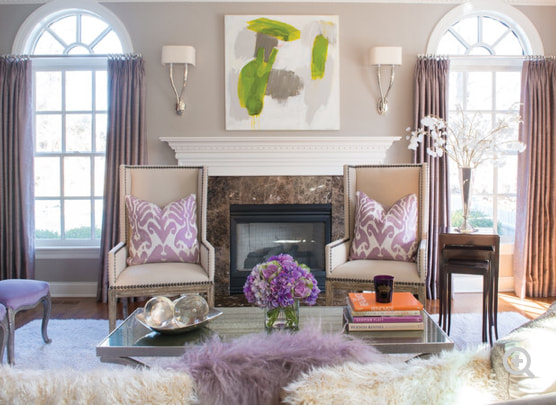 Photo Courtesy of conceptsandcolorways.com Photo Courtesy of conceptsandcolorways.com By Susan Rivera, Design Consultant For those who aren’t familiar with the term “pillow chopping,” it describes a way of shaping pillows. A chopped pillow is achieved by fluffing a feather or down pillow and using a karate chop motion to create an indentation in the top. This debate has been going on for years now. Is karate chopping throw pillows a trend, or does it actually make pillows look better? Believe it or not…There is no right or wrong answer when making the decision whether not to chop or not chop? It’s simply a personal style preference. Truly, the secret to a nice-looking pillow has more to do with the fabric used to cover it as well as the quality of the insert. The higher the fill, the better your pillow will look — chopped or un-chopped. If you have silky pillows or pillows with a sheen you can really show off the fabric with a slight chop. The soft dent enhances this luxurious fabric by creating shadows and allowing light to hit the pillow from different angles. Chopping can also make some prints look less uniform and bold as well as give you a more casual look. If that’s the look your going for? The type of insert your pillow has may help you decide if you want to chop or not. A feather or down insert with a high fill count will look full and plump with or without chopping. A foam insert is definitely not a good contender for a pillow chop. Pillows with foam filing tend to be more rigid and usually look good without frequent fluffing. If you over manipulate them, in fact, they can get lumpy. Give it a try, plump up those pillows and give them a nice karate chop right through the center. If you like it, keep it. If you do not like it, just give it a shake and plump it right back up again. Happy Chopping… or Not? GOING OUT and staying out...at least until the next recycle...
1. Wasted space in "dead spaces" of the home (nooks, closets and under the stairs)... there is much more consumer interest in utilizing these spaces for storage and additional spaces for decorative display areas for books, pictures and memorabilia... 2. Chevron fabrics, rugs and other textiles... Chevron became so popular so quickly and was incorporated into almost every area of the design plan...it was seen in everything from the baby's nursery to the towels in the master bath and every room in between...it's fading fast and rightly so...it is time for most chevron designs to be put to rest for awhile. No doubt we will see it again as it is based off the classic herringbone design that will always have a place in textiles. 3. Entire sets of matching furniture... although there will always be those that desire to purchase in this way (it is their comfort zone) ...any good designer will steer their client away from their thoughts on this by showing them an alternative way to incorporate other pieces of distinction and interest to personalize the space. 4. Soft window treatments with heavy fabrics, embellishments and tassels... I find the trend is more free flowing lighter fabrics that hang loosely and are not as perfectly presses or stationary...it provides a more relaxed feel in our living spaces and a respite for our "perfectly packaged lives outside of our homes". 5. Framed art with glass...oil on canvas with a slim line floating frame is my preferred choice of art for most of my clients...it is a simplistic way to add a focal point without distraction as well as part of the desire to be more minimalistic. 6. Sofa and loveseat combo... so oversold and over used...when size can accommodate, conversation seating or a custom sectional is always more inviting for family time and entertaining... 7. Faux finished walls and columns... this has been out for quite some time and hopefully stays out with exception to some European/old-world designs where it is perfectly appropriate and beautiful. Enough of attempting to make a 2 story colonial in the Lehigh Valley look like a Mediterranean villa. 8. Wall covering on every wall in the room...and yes the ceiling too! Wall covering has been on the exterior perimeter of choices in design options for walla for years, but recently has made a comeback in a new and exciting way. It certainly has its place when used to accent and enhance the room rather than overwhelm it! 9. French Country complete with the rooster collection... I had fallen victim of this over used design theme many years ago...it no doubt will return in years to come with an altered spin and hopefully less foul. 10. Mirrored furniture...except for one distinct accent piece, I am happy to see this on the outskirts of design. Entire rooms of mirrored furniture is overwhelming and difficult to clean...not to mention the high damage factor from moving, vacuuming, etc. It just is unsuitable for most homes! 11. Wall word decals, stand alone decorative word art and over use of wrought iron art... so over used that anyone who had stock in a company that sold this type of art has to be a millionaire. 12. Whirlpool baths in the master... trending in large master bathrooms are smaller scale floating tubs without jets that are more of an art form than a fixture. In all honesty, do we ever want to fill, clean or have time to sit in those jetted tubs that were so coveted in years past. 13. Too much of one style and finish in a room or entire home... this gives the look of a furniture store vignette...favored is mixing in period pieces or family favorites with an upscaled new finish or textile spotlighting personality and preventing the dreaded cookie cutter look. 14. Metal, plaster and wood animal heads (aka fake taxidermy)... although I still am a fan of some of these decorative heads, they have been over used in the last several years and many times have been placed in inappropriate spaces. 15. Glossy sheen on everyday furniture... today's client is more in favor of a user friendly finish that takes less time to clean, is kid friendly and less formal. 16. Accent walls and individual rooms each with it's own distinct color and personality...there is a gravitation toward a more minimalistic palette that is non conflicting providing an "easy on the eyes" backdrop for focal point art and accessories! Trends will come and go as sure as the sun rises and sets each day. Some trends will have staying power and others will leave the design scene as quickly as they come. It is up to the designer to access new trends and how they will work within the architectural details of the clients home and how they will incorporate the clients personality and lifestyle. There are few "real" rules in the design world that cannot be broken under the right circumstances and in the right way for the client's benefit! Most of you who know me, know that I am the ultimate planner. Normally by Thanksgiving, the house is decorated, my shopping is complete and the gifts are wrapped...This past year however, our family has faced some unexpected challenges and I have had to take on additional and unfamiliar responsibilities that have left me longing for 24 more hours in a day! I was feeling the pressure... and then... Early this week I received a call from a previous client of mine who has been battling cancer for the last several months...sadly, because of her prognosis, she informed me that she had donated all of her Christmas decorations to a needy family thinking she would no longer have use for them. I was drawn in by the sadness of it all...the physical, mental, and emotional things that she has had to endure over the course of the last several months...still unsure of the end result. She asked me if I would be willing to help her by planning, shopping for and decorating her home (as soon as I could) in the hopes of boosting her spirits. Despite my hectic schedule..."no" was not an option...although, my heart said YES, my mind was spinning over how I (the ultimate planner), would be able to accomplish everything necessary in such a defined and short time period...After a brief discussion on the type of decorations that would make my client "feel good", I began the quest for what I hoped would be the perfect decorations to lift her spirits...Several days later, I arrived at her home with an SUV of Holiday decor, excited to begin. When I arrived, my client was not feeling well and asked if I minded if she went to bed while I did the decorating...so I tiptoed through her home decorating in silence...hoping, but questioning whether my small part would be enough to encourage her even a little bit... the next morning I received this message... "Thank you so much for all your efforts in trying to make this a Merry Christmas for me. I love it! My home and spirits are brighter and I actually feel some energy this morning, so thank you for making that happen. The house really has a whole new feel and I am thankful for that!! It is truly magnificent and I thank you for that!' So many times, we miss the opportunity to give the best gift...our time and talents to help those who need us (when they need us)...the gift of a listening ear and a call to action are gifts that we all can give not only at Christmas but, all throughout the year... This christmas...Instead of asking "what did you get this Christmas." Maybe we should ask... "What we can give this Christmas..."
Although I am not a huge fan of most greens, I have fallen in love with Benjamin Moore’s 2015 COLOR OF THE YEAR…Guilford Green. Its description cannot be presented any more accurately than in the words of Ellen O’Neill Creative Director at Benjamin Moore. “Guilford Green is a neutral that’s a natural. A silvery green that works with, well, everything. No worries. No second thoughts. Just a brush, dipped in a can, whooshed on a wall, and a whole lot of happily ever after.”
These colors are here to stay and sure to be remembered by all who view them…So, take a trip to your nearest provider of Benjamin Moore paints and pick up a can of Guilford Green…your friends and neighbors will be “GREEN WITH ENVY” !!!
|
AuthorInterior Designer. Home Stager. Over 20 years experience in the Real Estate Design Market. Archives
March 2023
Categories |
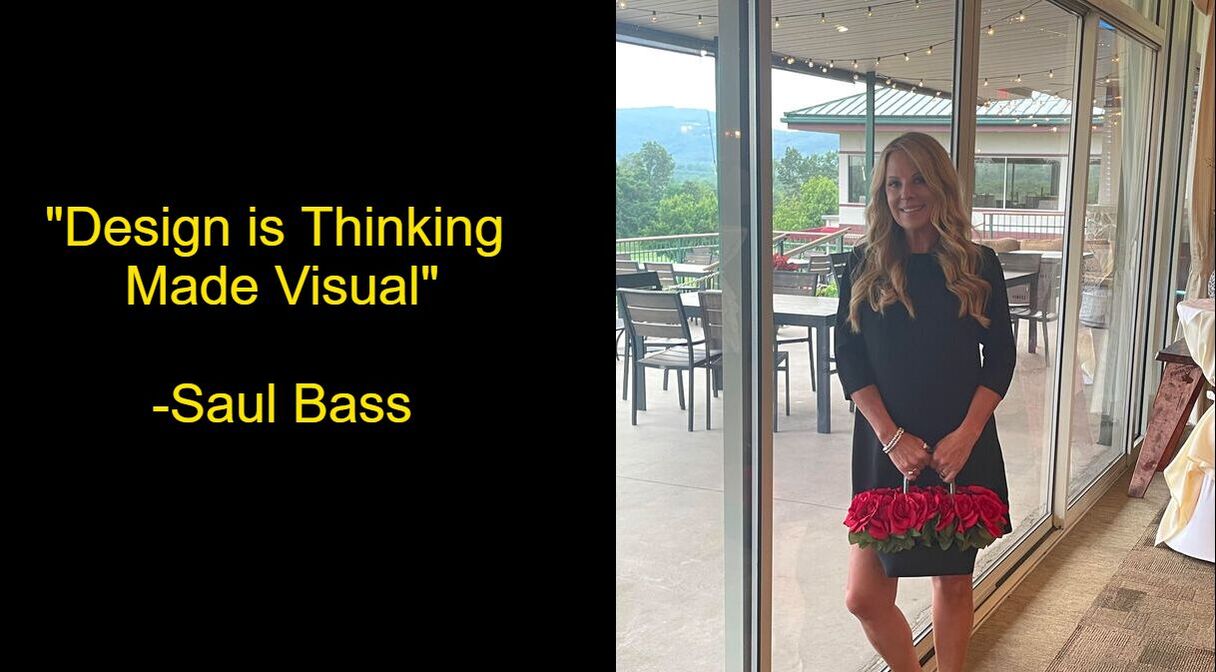
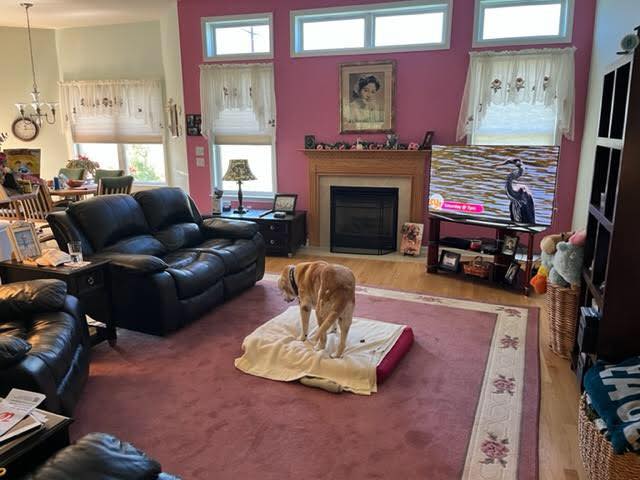
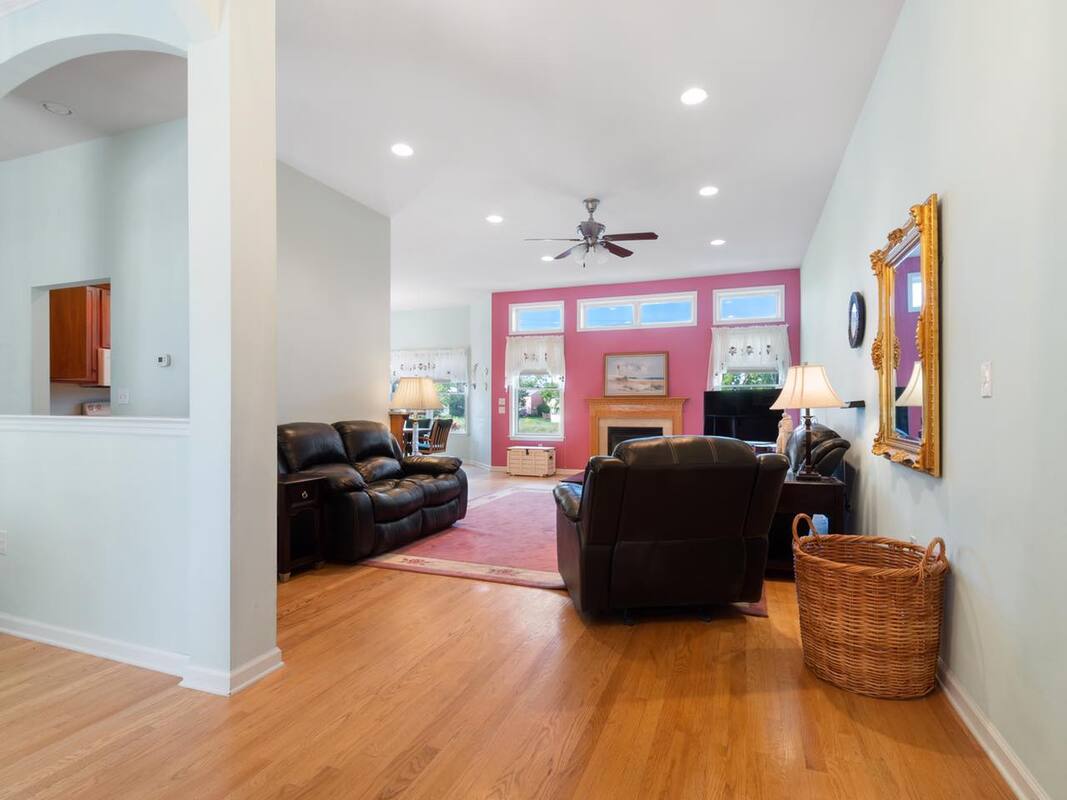
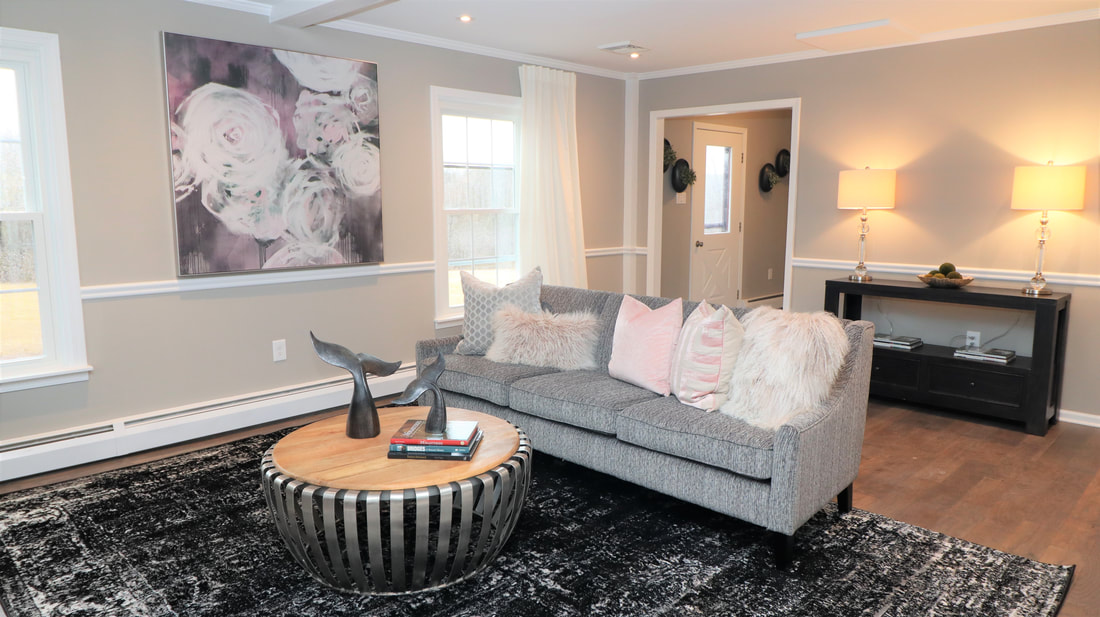
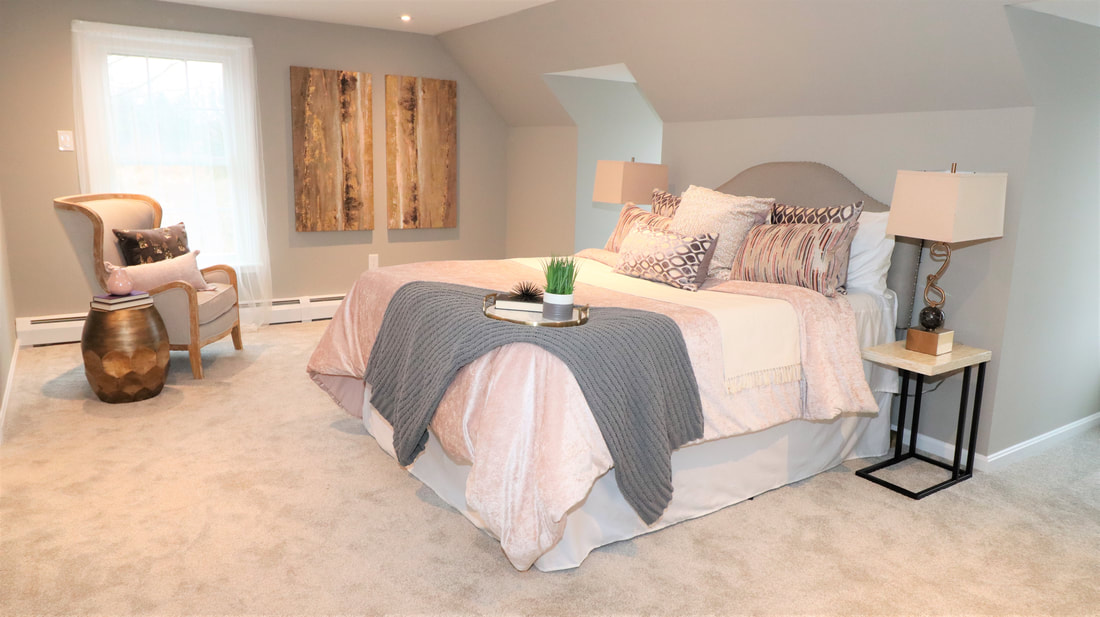
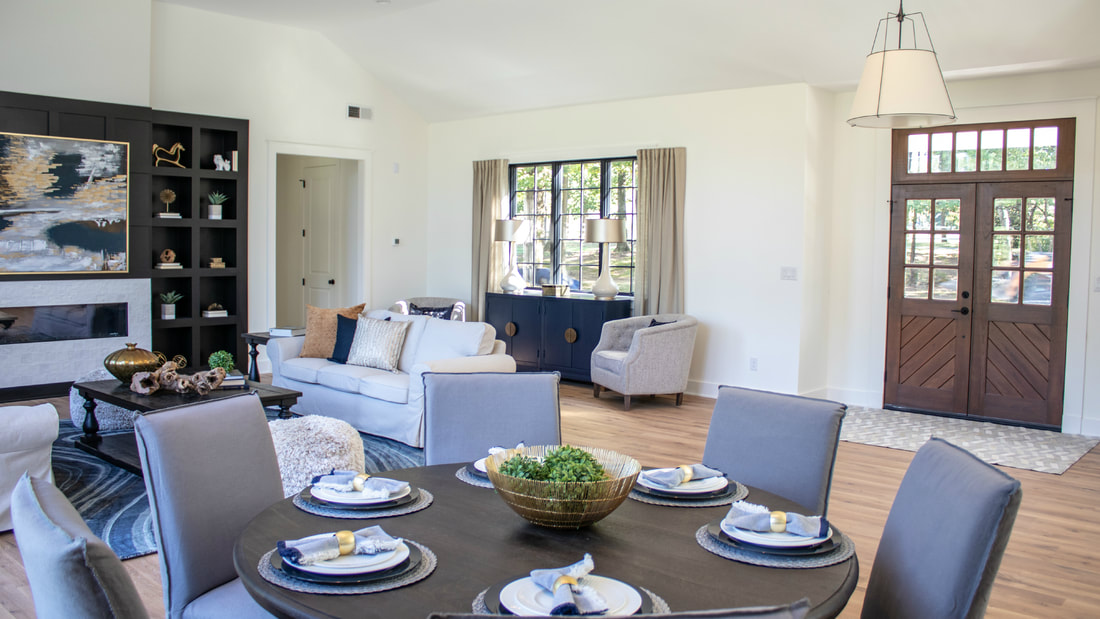
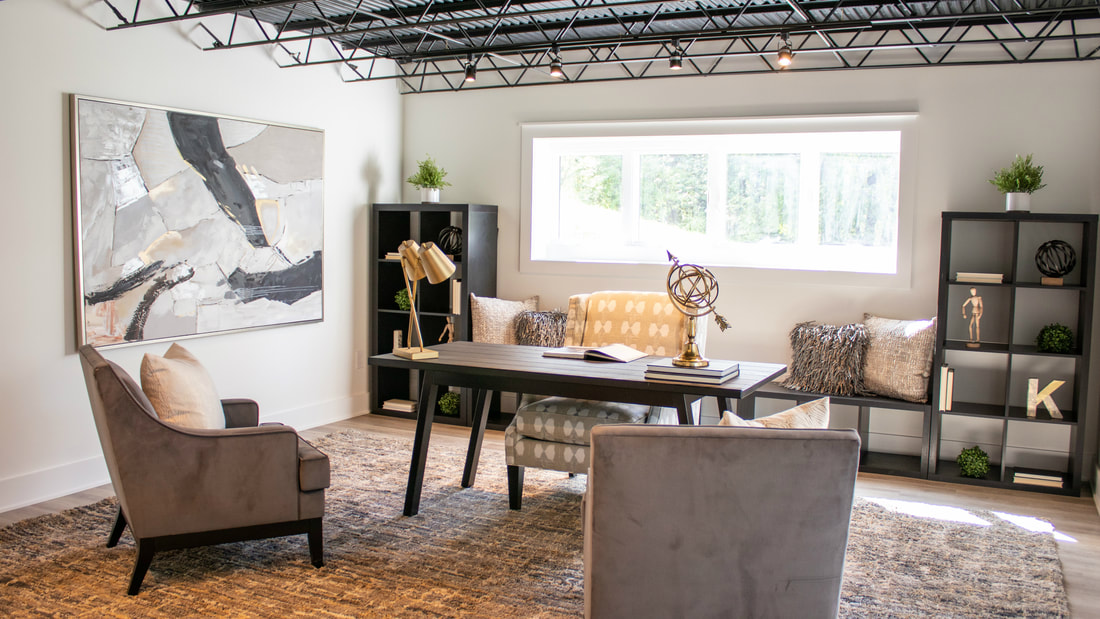
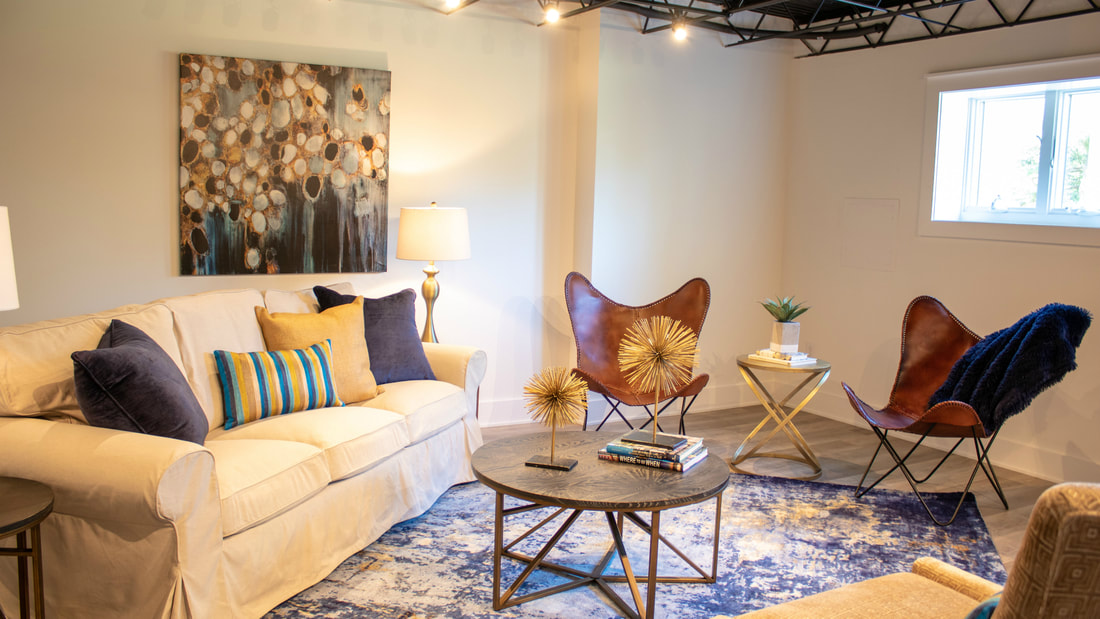
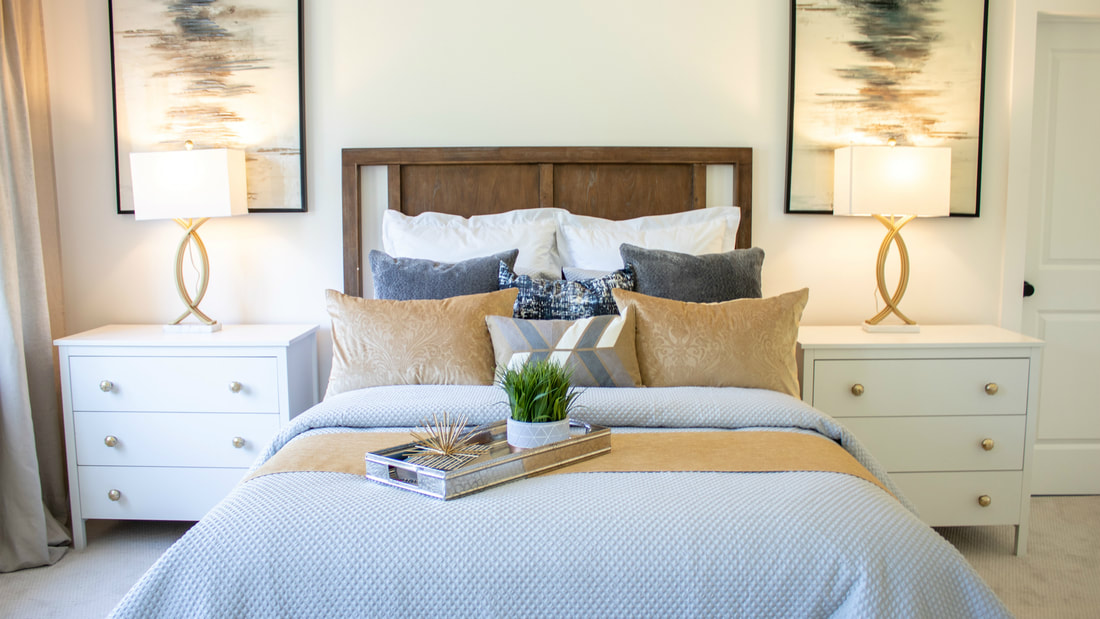
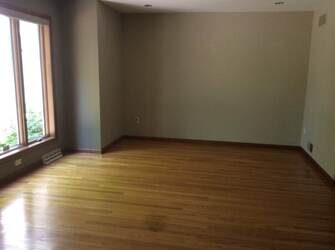
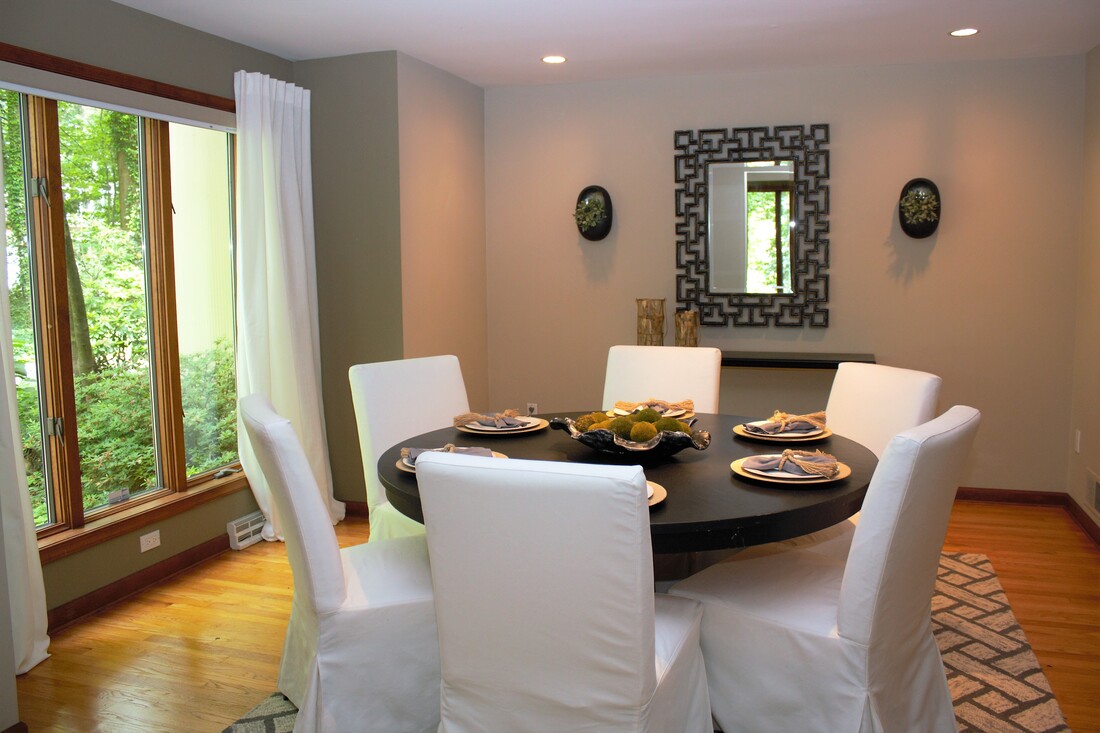
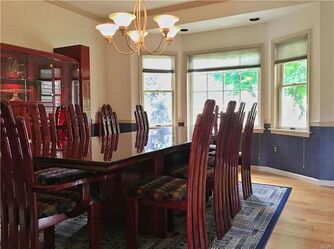
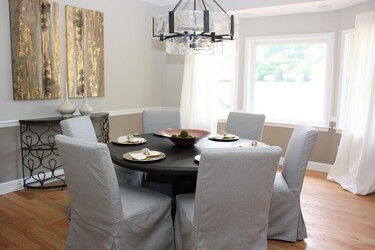
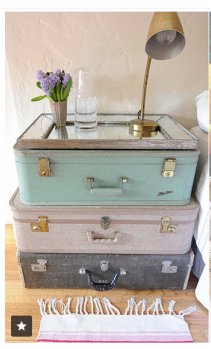
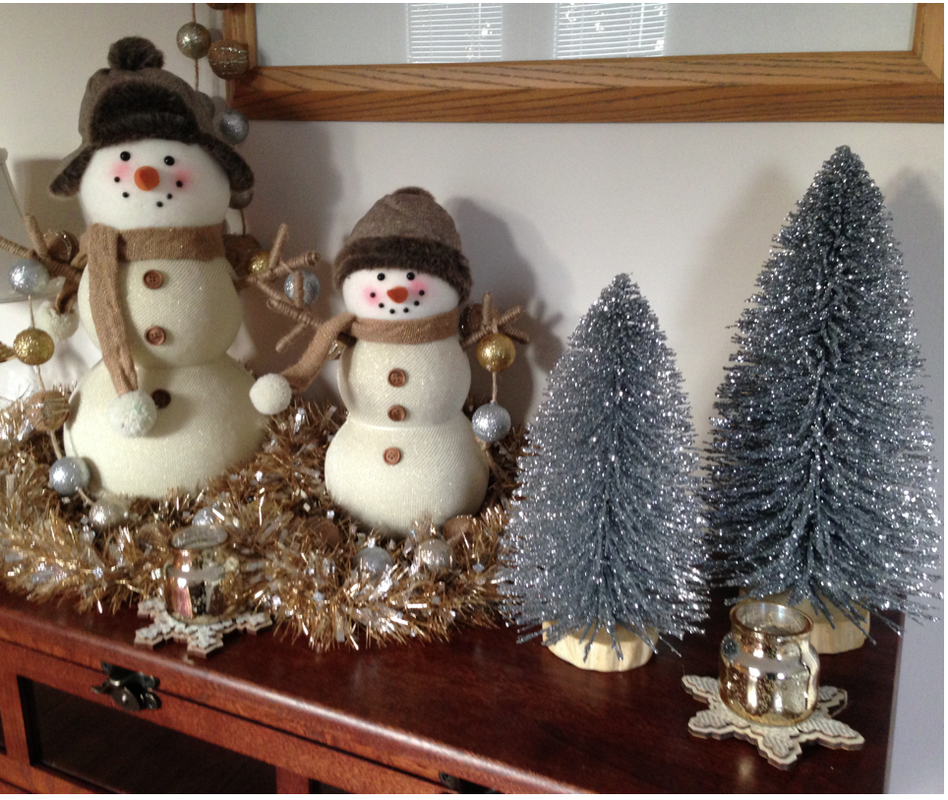

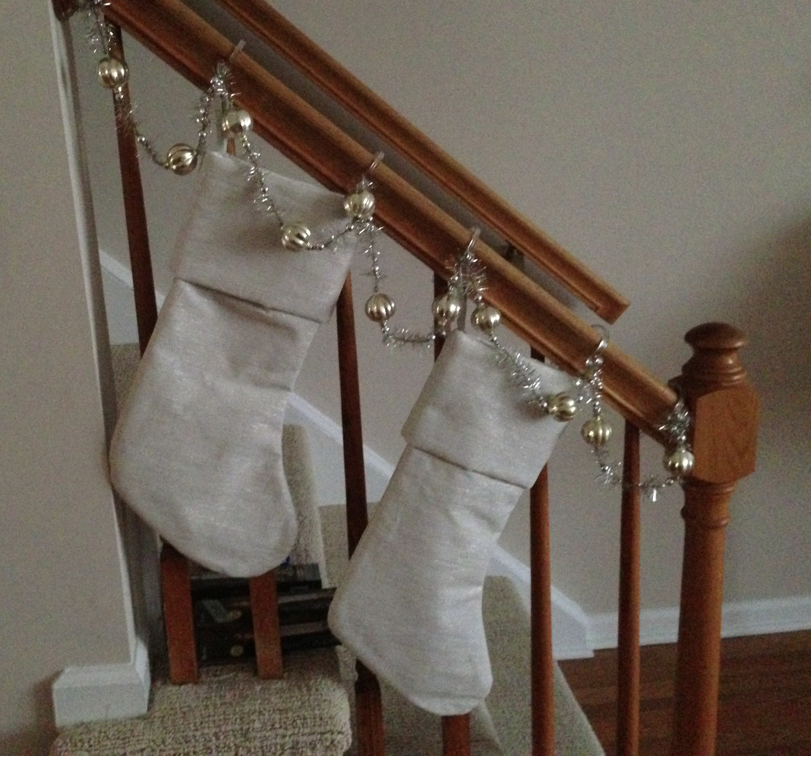

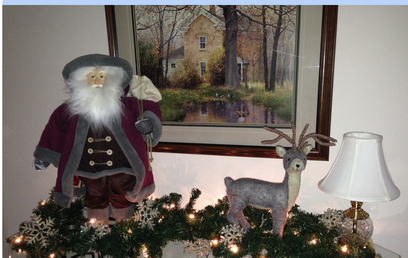

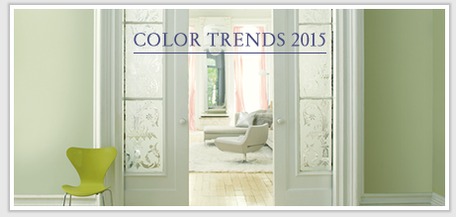
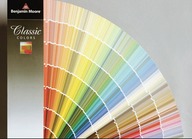
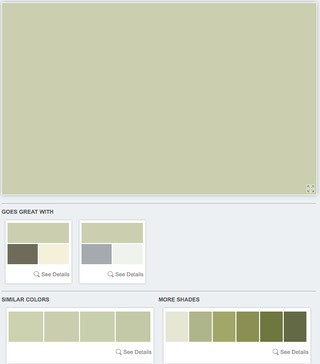

 RSS Feed
RSS Feed
